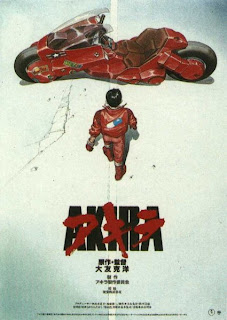Sitepoint was gracious enough to have covered the act of time tracking already. Here's their list of 7 Time Tracking Tools. I'm giving Time Tracker for OSX a try. It's simple and the price is right. Used to have some dashboard widget that had similar functionality but I'd always forget to turn it off. Time tracker gives you a nice little icon in the menu bar.
Anyways, as much time as i'd be recovering through greater insight, there's also time I could be saving through efficiency in planning, attention to detail, and - most important - modularity. To me this sounds like Object Oriented Programming. For those of you that don't know, here's what Wikipedia has to say about it:
Object-oriented programming (OOP) is a programming paradigm that uses "objects" and their interactions to design applications and computer programs. [...] As hardware and software became increasingly complex, quality was often compromised. Researchers studied ways to maintain software quality and developed object-oriented programming in part to address common problems by strongly emphasizing discrete, reusable units of programming logic.
By breaking a program down into modular, reusable components, you increase agility (the ability to change conceptual directions quickly yet w/ stability ) and productivity. It's quite inspiring to see solid Object Oriented code at work. So inspirational that it really just makes common sense to apply it to areas outside of just code. In fact I'm sure there are hundreds of man-made situations where the label fits despite designers not being aware of the concept of things being O.O, not to mention countless examples in science and nature. Where better to draw inspiration from, right?
This paradigm closely reflects the structure of systems 'in the real world', and it is therefore well suited to model complex systems with complex behaviours.Niklaus Wirth - Good Ideas through the Looking Glass
The most obvious application of these tenants is to the code I make for websites so that's where I've began - by doing a great deal of research and planning for an Actionscript 3 framework. I'll spend a lot of time getting the technical details right this once so that - in the future - I'll be able to focus primarily on the overall design of a site. While this will be primarily geared towards sites, it won't take much to expand it with a backend for RIAs (Rich Internet Applications), and I can even see myself going as far as using it in interactive art installations. To get my ideas out in solid but fluid form I used PersonalBrain - a program for "mind mapping." With the right kind of thinking, you can use it to plan out anything that can be thought of in terms of hierarchical or interrelated concepts (which is pretty much everything ever so...). I highly recommend checking it out. Here's a screenshot of the mindmap for the framework thus far:
The entire map is much bigger than what's here but there are the areas I plan on focusing on initially. I've already got quite a few classes in the package so I'll probably be writing about it with more depth soon (and posting source).
I'll be racking my brain over the next few weeks to figure out how to maximize efficiency. Stay tuned.






